OSCAR RESIN-COATED COTTON JACKET
Certified Organic Content Standard (OCS)
from raw fibre to final fabric
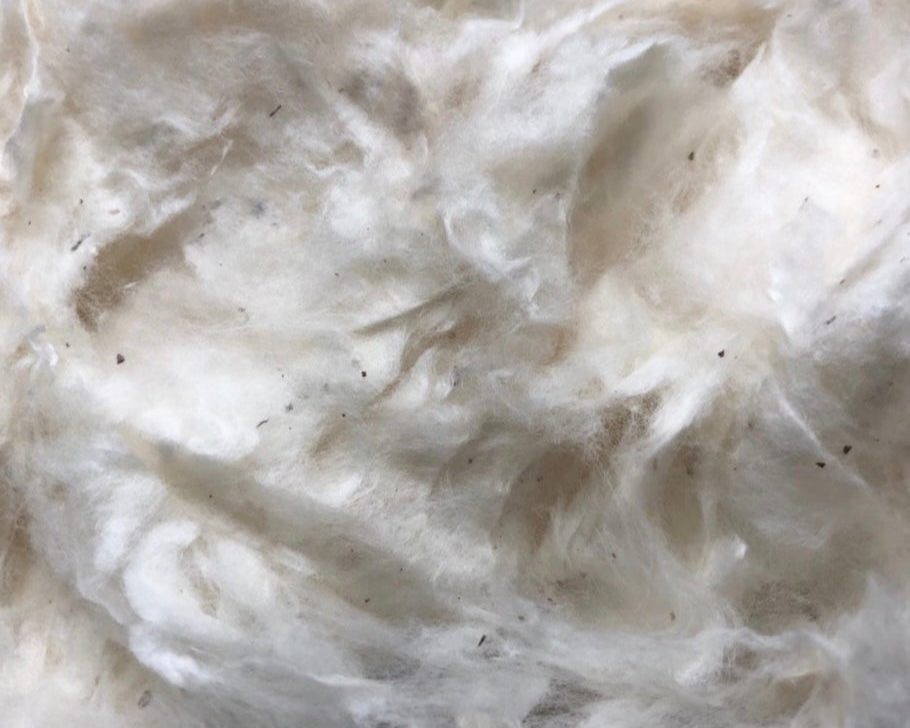
Before
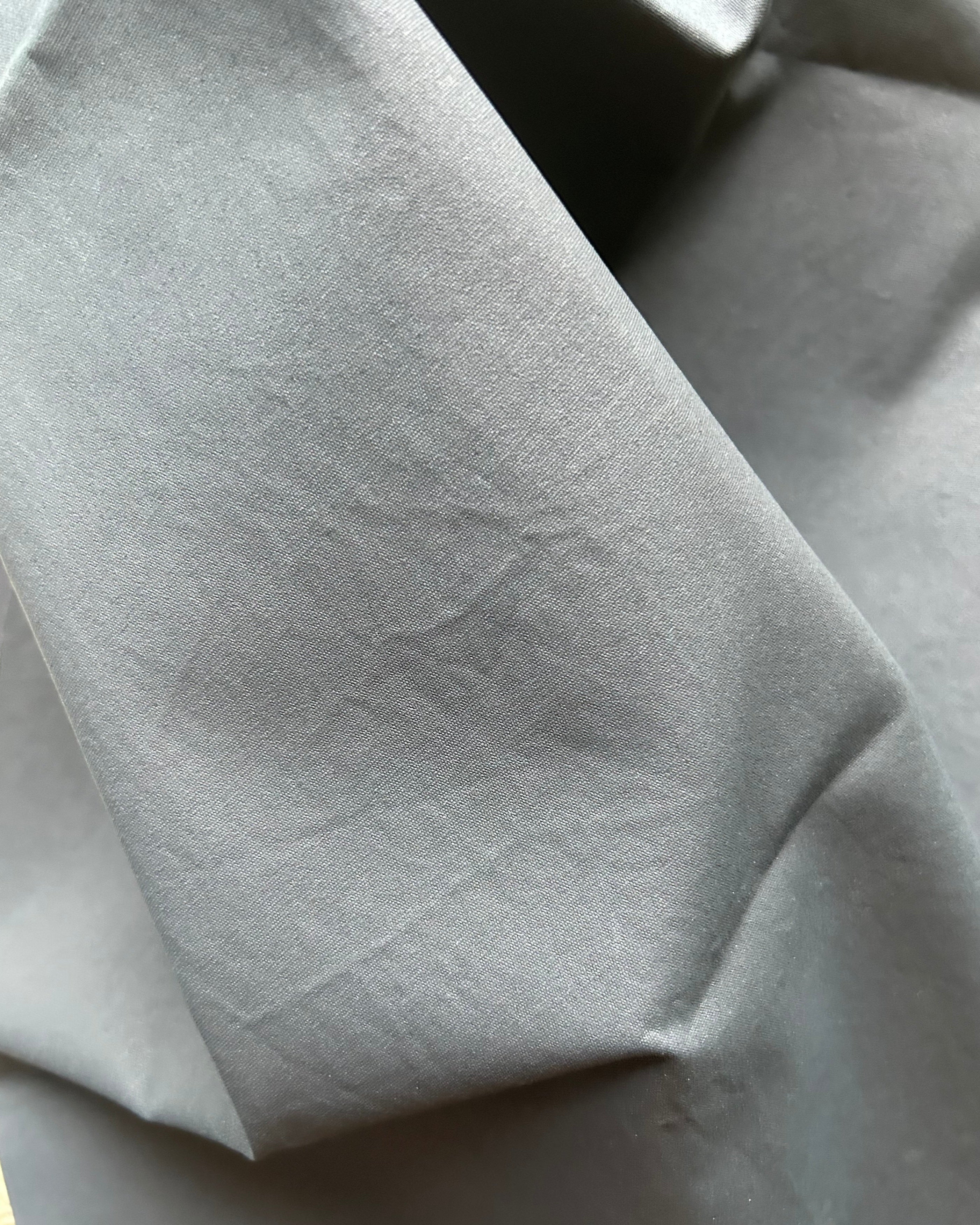
After
Certified Eco-Standards
This fabric is part of the Toscana cotton poplin family. It is a tightly woven plain weave, crisp and compact in structure, produced and finished in Tuscany. The fabric is composed of 100% cotton fibers with resin finishing applied to enhance performance and durability. The OCS (Organic Content Standard) – verifies the presence and amount of organic material and certifies content, traceability across the supply chain, and compliance with environmental and social criteria. Compliance with ISO 1833, REG.UE N.1007/2011, and ISO 17751-1 ensures values were calculated through a Life Cycle Assessment (LCA) in accordance with international standards, ensuring transparent measurement of environmental impact.
cupro
From Cotton linter to new yarns
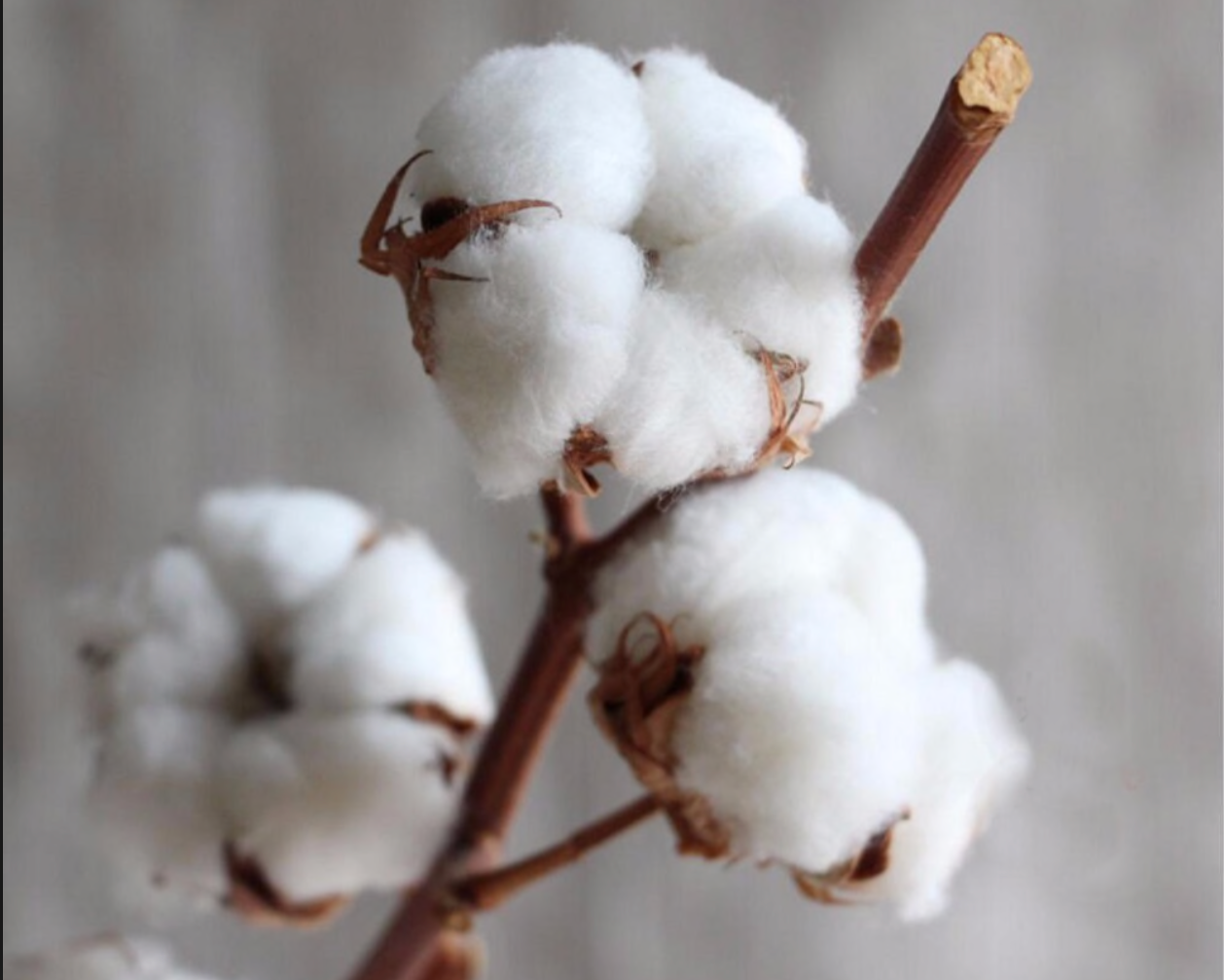
Before
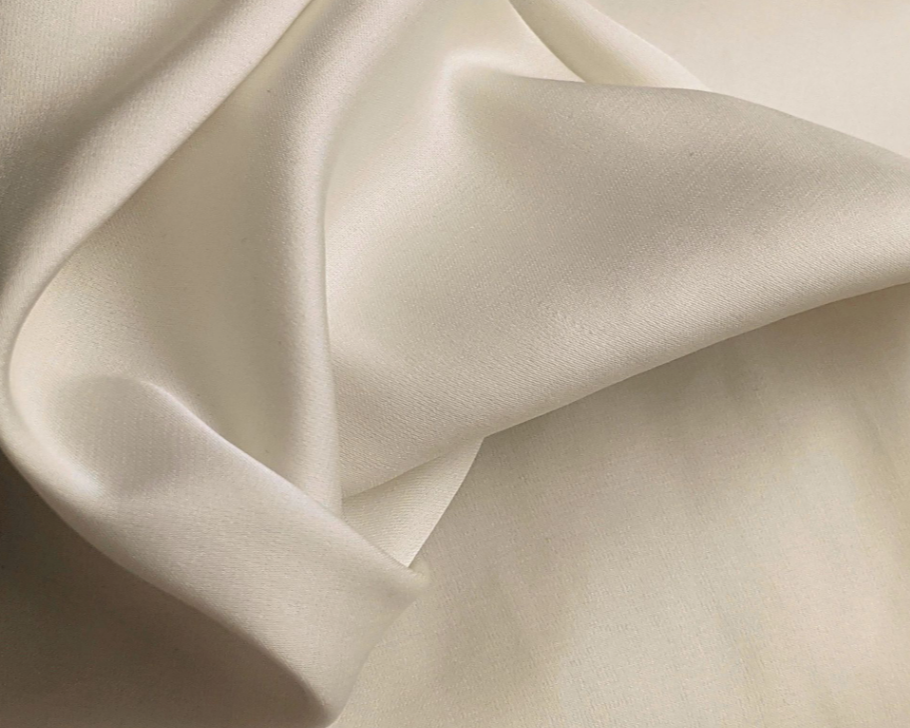
After
The raw materials used
The sustainable raw materials used come from RCS 100 certified yarn is 100% produced from Cotton Linter. It is verified by the recycled claim standard RCS and certified by intertek-150838-RCS. The material is certified as environmentally friendly and guarantees that there are no harmful substances used in the material. The Recycled Claim Standard (RCS) set the criteria for the third-party certification of recycled materials, thereby increasing transparency and assurance for recycled fibers. The sustainable raw materials used for cupro come from the cellulose obtained from the spinning waste from cotton. It is therefore considered waste and identified as recycled and part of the concept of the circular economy since no trees are cut down. As cotton linter is naturally derived, it is biodegradable and compostable.
REGENERATED NYLON
Closing the loop

Before
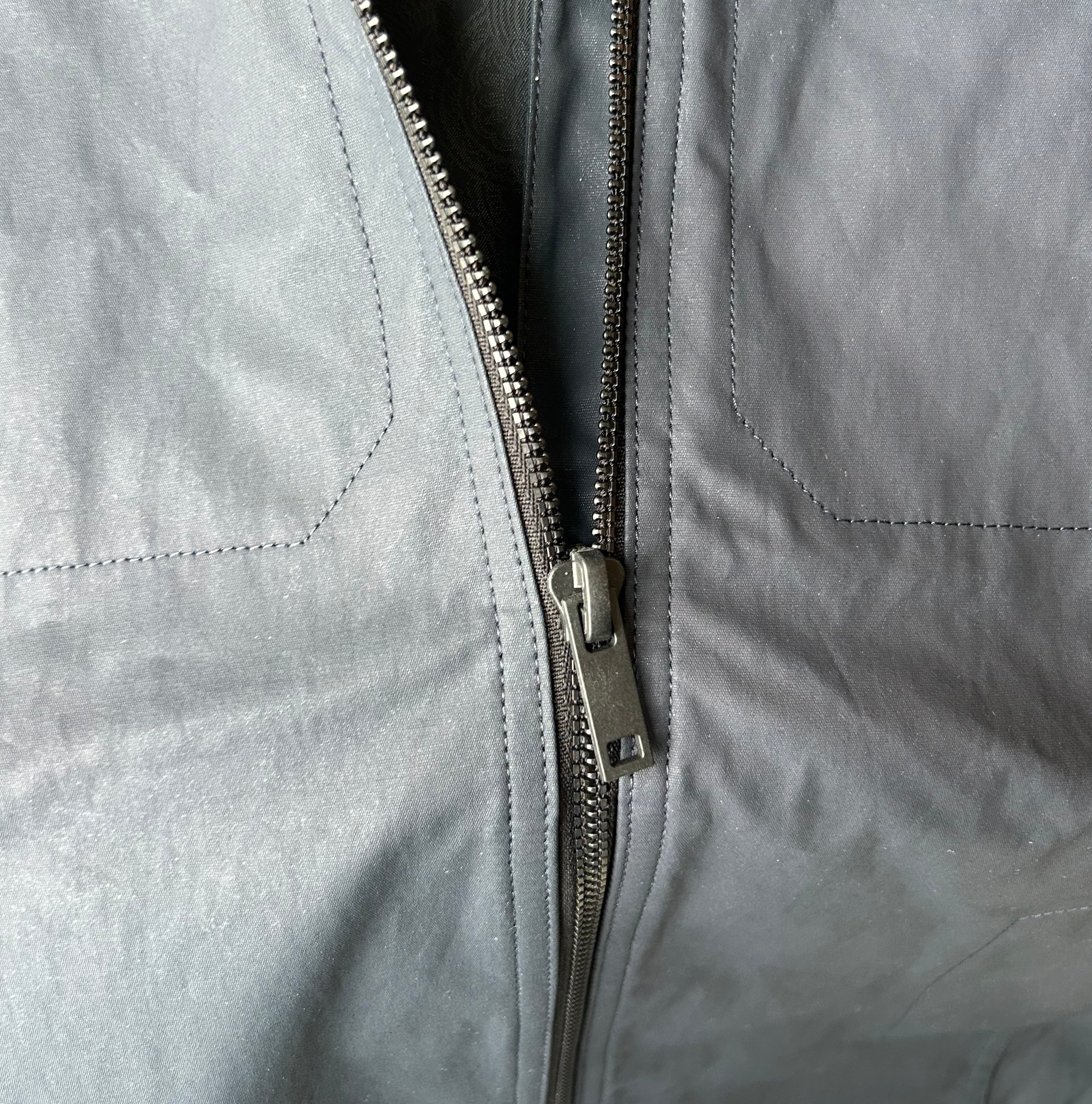
After
Rescue, Regenerate, Remake
Recycled zippers entirely made from the mono-material of regenerated Nylon. Waste from landfills and oceans is recycled back to its original purity and has the potential to be recycled infinitely without ever losing its quality - an endless loop towards a sustainable future. The use of one material allows for an easier recycling process when the product reaches the end of its life. The regeneration System rescues waste and carefully sort, clean and recover all of the nylon possible. The regenerated nylon is spun into yarns or processed into polymers from which products are produced. The zips are certified by the Global Recycled Standard V4.0:2017, Content Claim Standard 3.1:2022, Textile Exchange Standards Claims Policy V1.3.
PLANT-BASED PAPER
Repurposed pulp
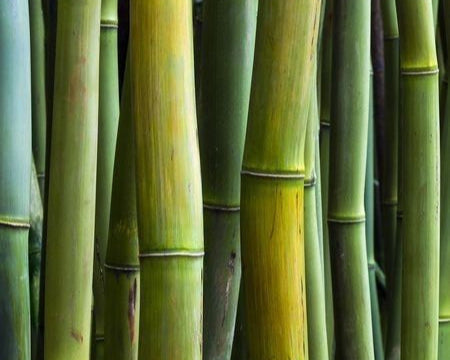
Before
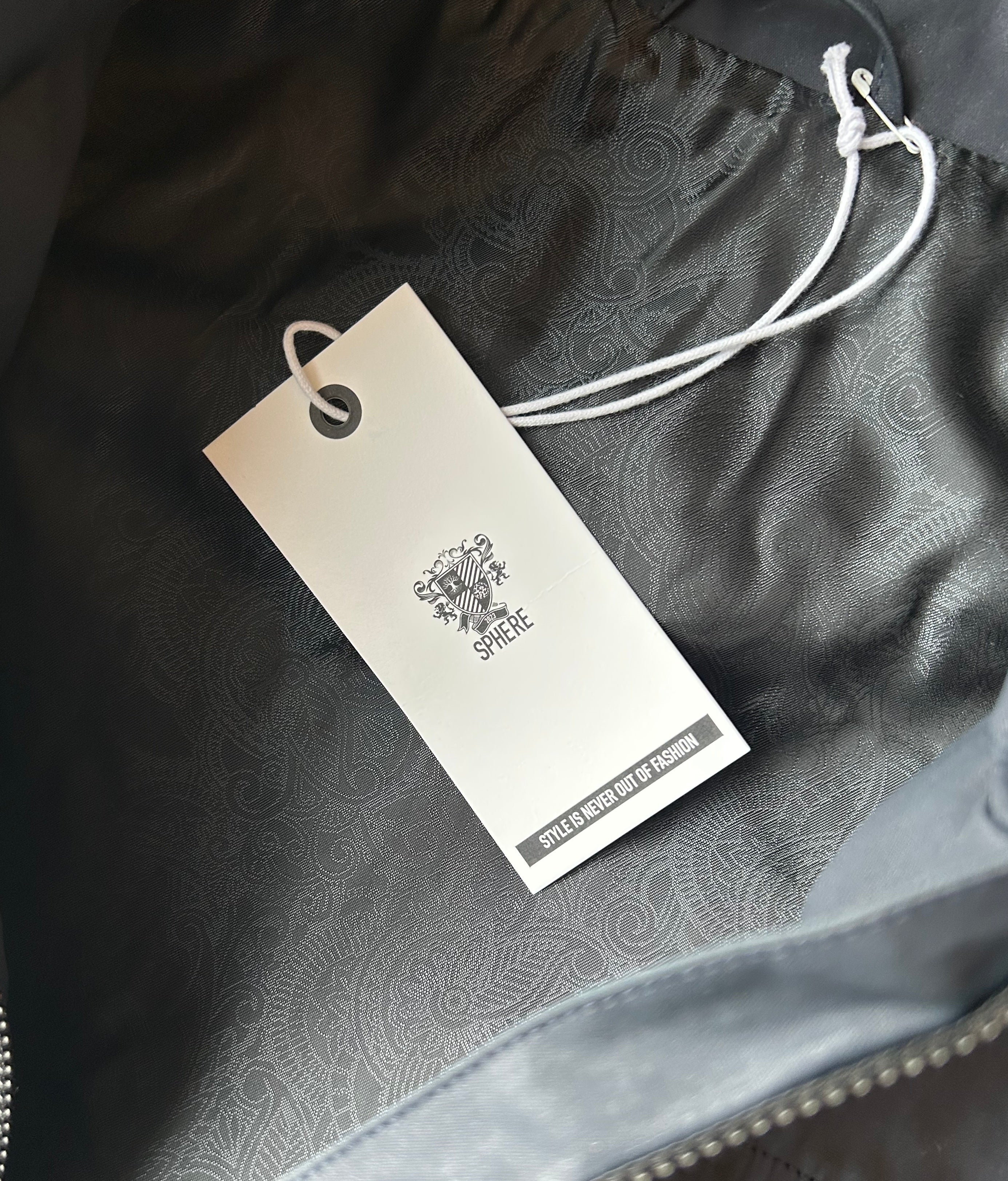
After
Renewable, Biodegradable, Compostable
Sugarcane bagasse is a fibrous waste material that comes from the sugarcane industry. The sugarcane pulp is a plant-based material, which biodegrades in 30-90 days, leaving behind no toxic residue and creating nutrient-rich compost. The pulp is used to create paper, which in turn reduces the need to cut down trees and slows deforestation. Trees take a long time to grow to maturity before they can be harvested, while sugarcane can be harvested annually, making it a rapidly renewable resource. Eco-friendly materials possess three characteristics: They're renewable, biodegradable, and compostable. Sugarcane fiber is all three.
RECYCLED POLYESTER
Pre & post-consumer waste
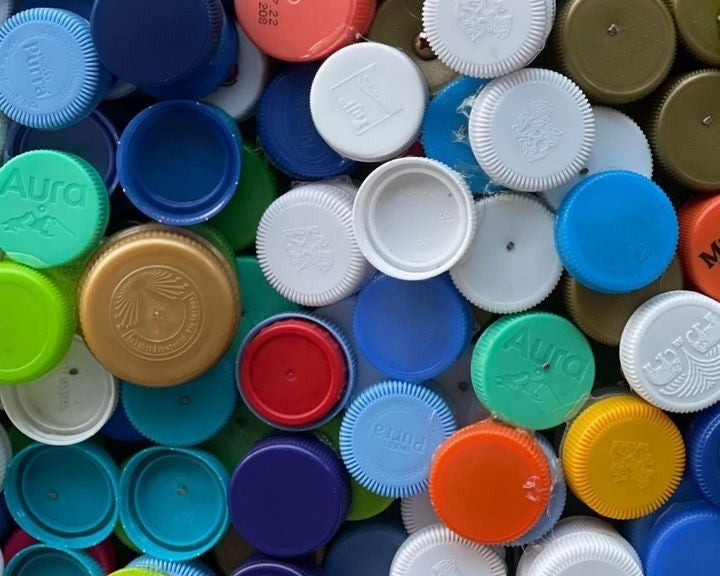
Before
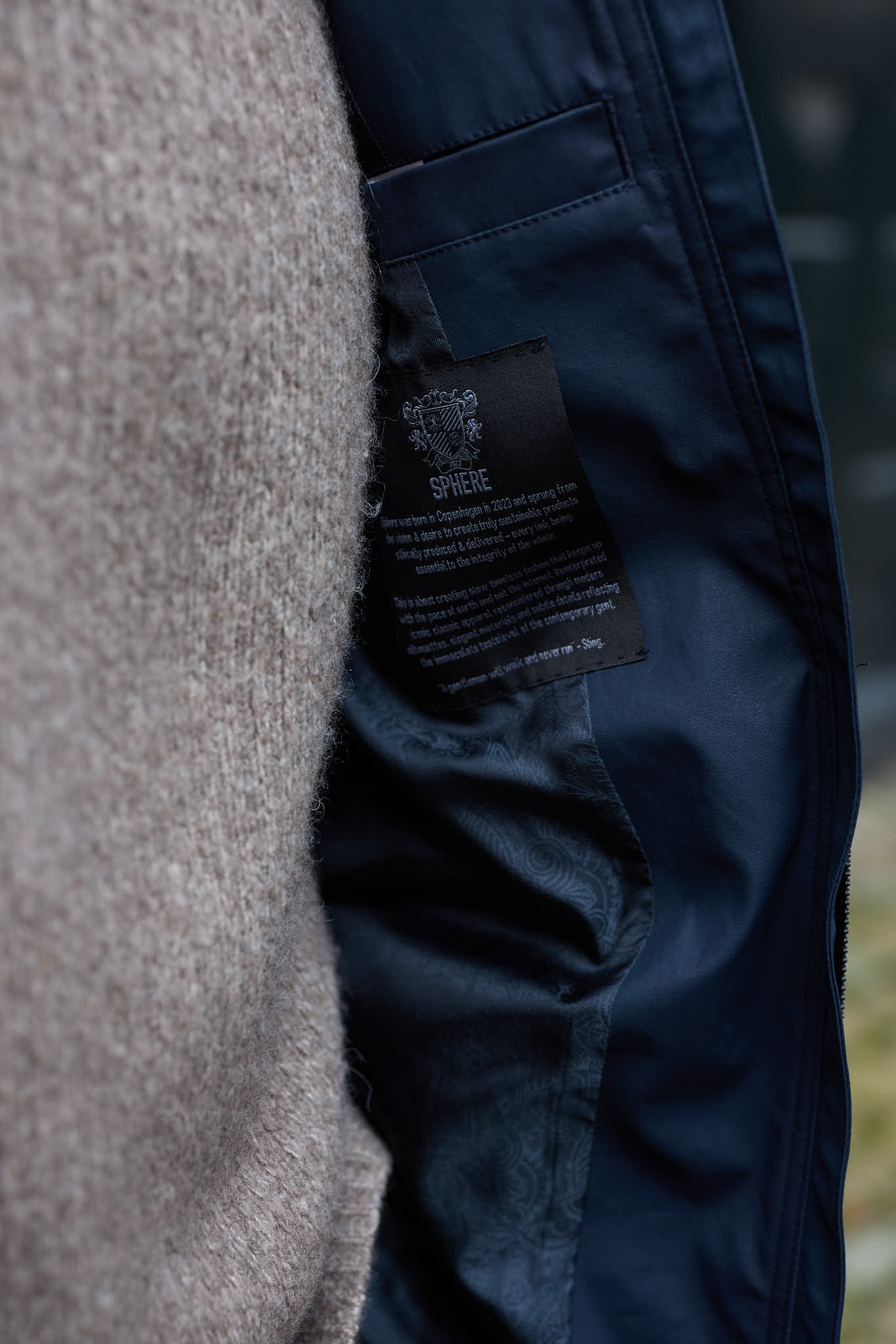
After
Certified traced content
Textile waste is a material that is considered unusable for its original purpose and can include fashion and textile industry waste created during fiber, textile production, clothing manufacturing, and post-consumer waste. The textile waste is used as a raw material for manufacturing recycled yarn, which in turn becomes new products. This will aid in replacing the prevalent use-and-dispose economy, as recycled polyester is almost the same as virgin polyester in terms of quality. Production of recycled polyester requires less energy compared to virgin polyester, reducing CO2 emissions, energy, and water consumption while keeping polyester waste products from ending up in landfills. The recycled polyester we use has been audited and found to be in conformity with the Global Recycled Standard (Version 4) Scope Certificate Number TRC-GRS-221083 Version TRC-GRS-221083. Each stage of production is required to be certified, addressing traceability, environmental principles, social requirements, chemical content, and labelling.
REPURPOSED METALS
Eco-Efficient Solution
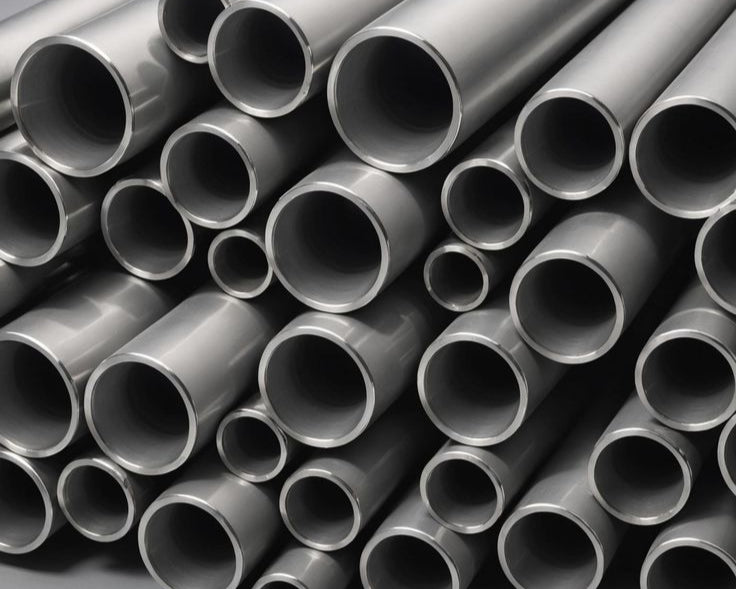
Before
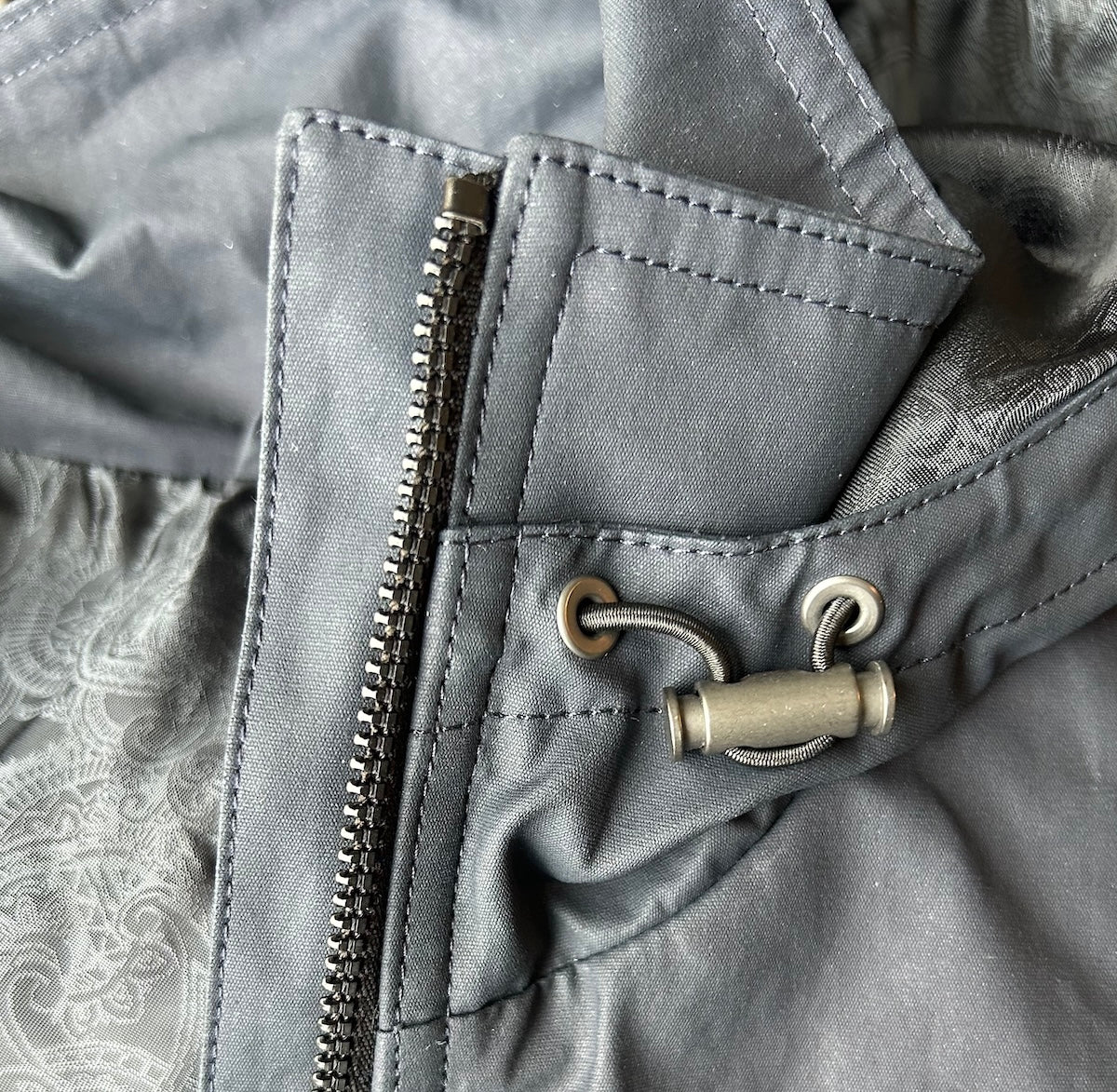
After
COLLECT. REGENERATE. CREATE
Zinc alloys help cut carbon emissions and position Zamak as a durable, sustainable alternative. Fully recyclable, Zamak castings are best re-melted, using only 5% of the energy needed for primary zinc. Recycled Zamak—an alloy of zinc, aluminum, magnesium, and copper—saves energy, reduces raw material use, and lowers environmental impact. Brass is infinitely recyclable without losing quality, making recycled brass just as effective as new.environmental impact. Brass also stands out for its sustainability: it can be recycled infinitely without losing its chemical or physical properties. As a result, recycled brass is just as effective and high-performing as newly manufactured brass, making it a truly circular material.

